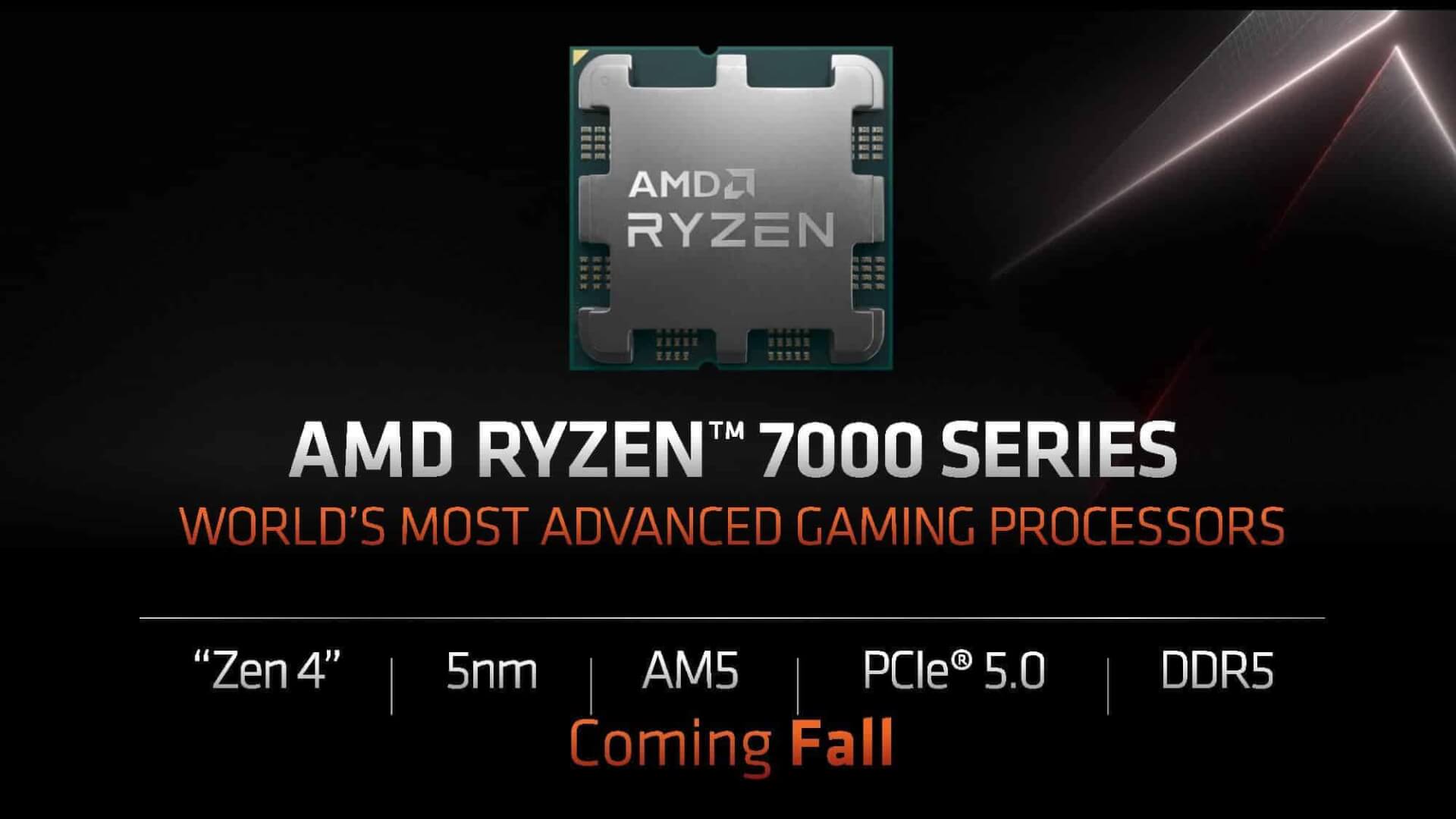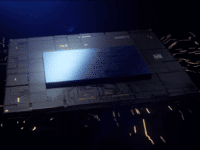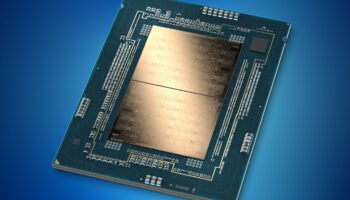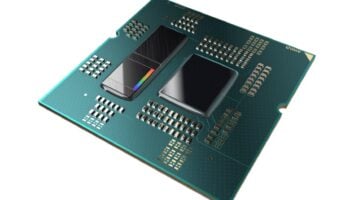There have been several rumors claiming that AMD has delayed the launch of its next-gen Ryzen 7000 processors. Originally slated to roll out in mid-September, the Zen 4 chips are now reportedly hitting the retail market on the 27th of September. One might argue that the delay is meant to overshadow the reveal of Intel’s 13th Gen Raptor Lake processors, also set to be announced on the 27th but that’s not it.
According to German outlet HardwareLUXX, the actual reason for the delay is immature firmware. As already reported earlier, AMD will be building its AGESA (AMD Generic Encapsulated Software Architecture) microcode from scratch for its AM5 platform. And that means a lot of testing and a ton of patience.
All board partners build their respective motherboard BIOSes on top of the AGESA microcode, acting as the heart of the firmware. This includes initialization and detection of the CPU, chipset, memory, and the Infinity Fabric. As such, buggy AGESA code can lead to major issues, including system instability.
AMD board partners have stated that there are still plenty of irregularities in the latest AGESA microcode, most notably with respect to DDR5 memory compatibility and the signal quality of PCIe Gen 5 connections. Keep in mind that this will be the first AMD platform to leverage DDR5 memory and the PCIe 5.0 bus interface so there are a lot of unknowns here. (Simonsezit)
You can expect minor bugs to persist even after the launch on the 27th of September, much like the initial days of AM4. We’ll just have to wait and see how long AMD takes to fix the major ones.
Source: HardwareLUXX






